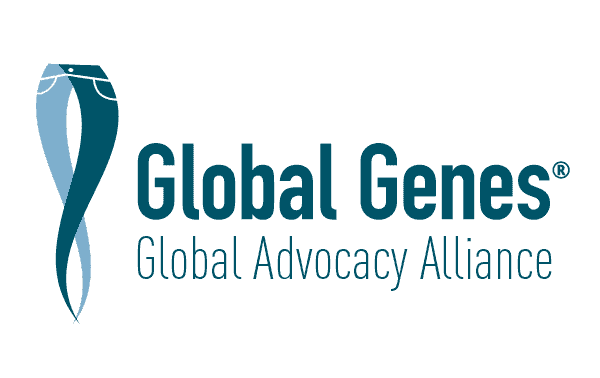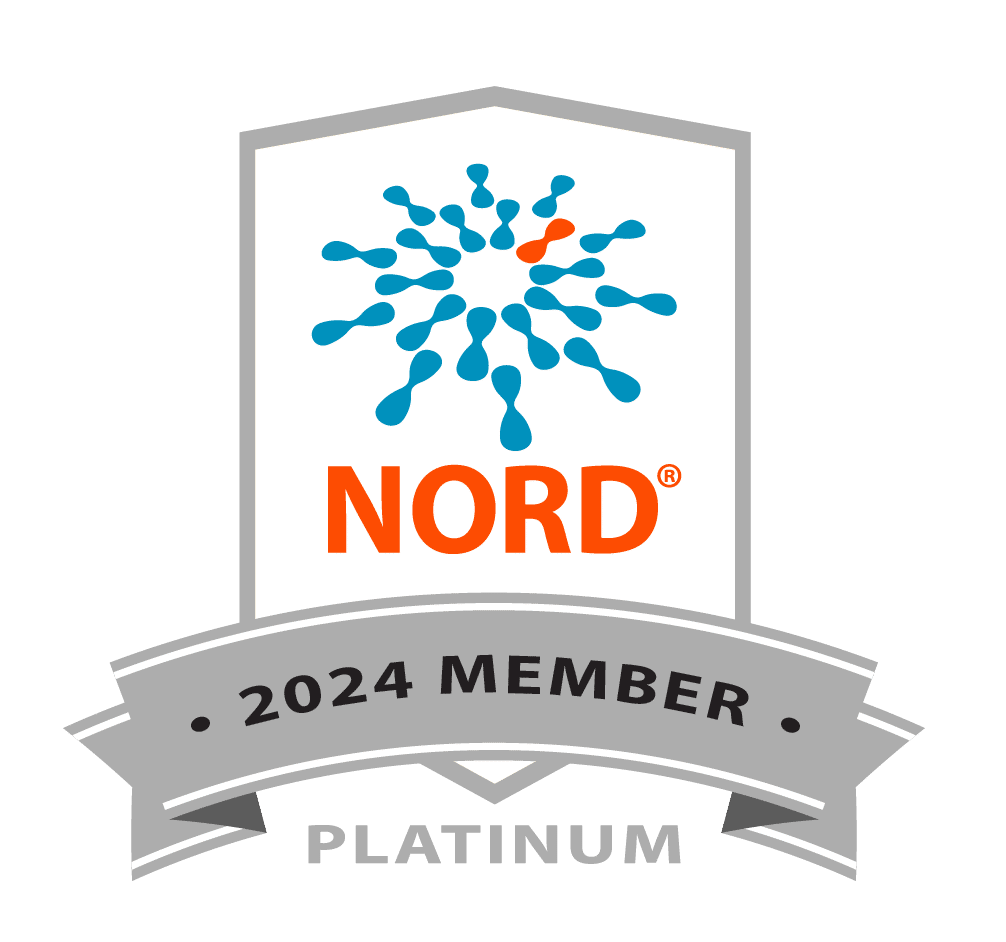Bronwyn Kerr, MBBS
Manchester Centre for Genomic Medicine, Central Manchester University Hospitals NHS Foundation Trust, Manchester Academic Health Sciences Centre (MAHSC), Manchester M13 9WL, UK.
Costello syndrome was first described in the 1970s by Jack Costello, a New Zealand Paediatrician, who recognised the key characteristics in 2 patients. There were no further publications until 1991, when der Kaloustian published a third case, suggested the name “Costello syndrome” and noted the resemblance to Noonan and Cardio-facio-cutaneous syndromes. Over the next decade, a number of reports expanded the clinical features, and a high risk of malignancy, particularly embryonal rhabdomyosarcoma, emerged.
The discovery by Aoki and colleagues of activating mutations in HRAS in 2005 as the cause of Costello syndrome has allowed precise definition of the core adult and childhood phenotypes, the recognition of prenatal and severe neonatal phenotypes, and also mild and atypical phenotypes. It has also supported the long-term study of Professor Karen Gripp and more accurate delineation of natural history. These studies are a prerequisite for considering treatment trials, and accurate outcome measures. The views of affected patients and their families are however of at least equal importance in evaluating endpoints.




